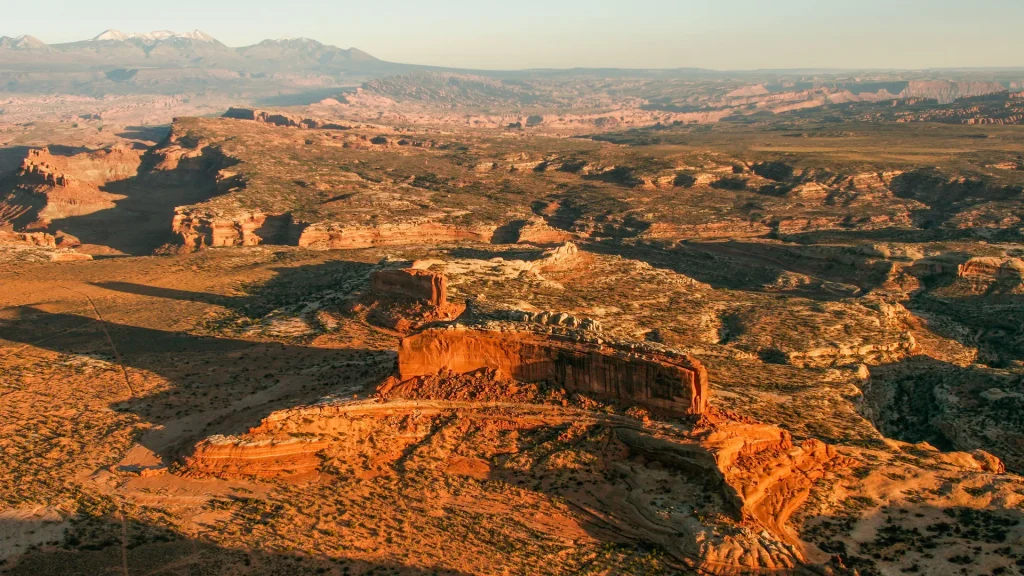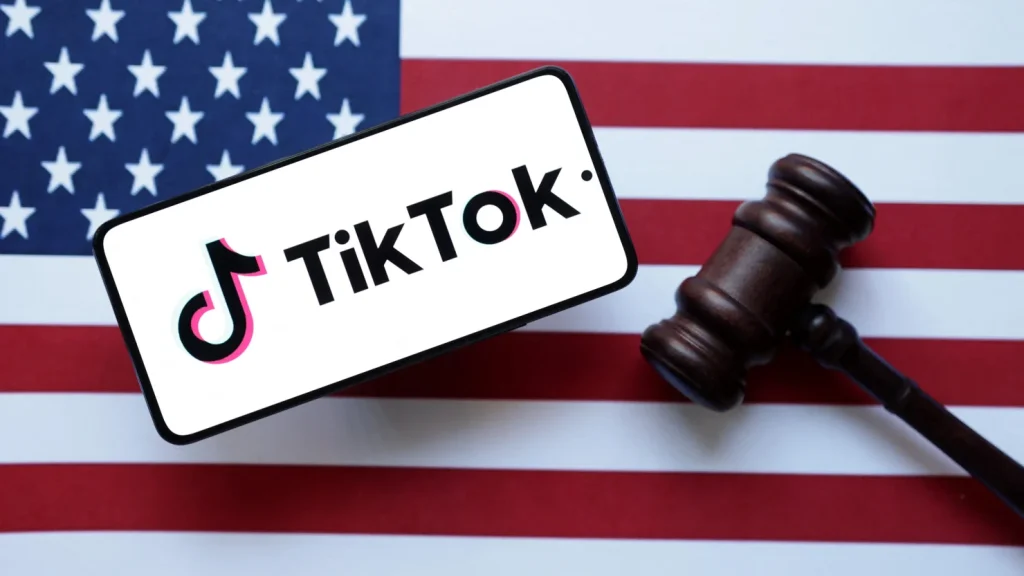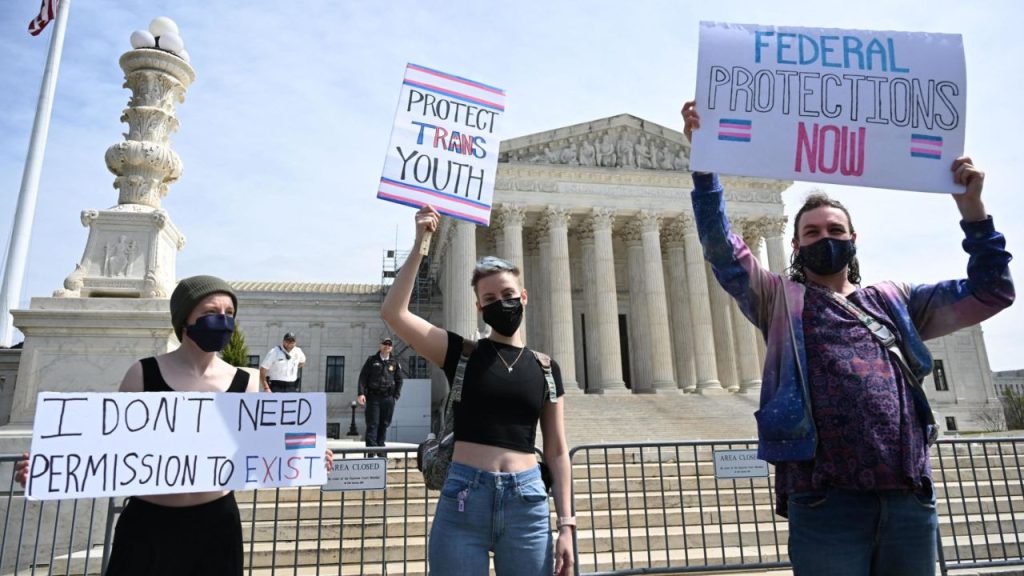Supreme Court won’t hear Utah’s lawsuit seeking to control federal land

The U.S. Supreme Court has decided not to hear Utah’s lawsuit seeking to assert greater control over federal lands within its borders, a move that could have had significant implications for public land management across the country. The decision marks a major setback for Utah’s state government, which has long argued that the federal government’s control over vast tracts of land in the state limits its ability to manage resources and create economic opportunities for local communities.
In its petition to the high court, Utah sought to challenge the legal framework that gives the federal government authority over millions of acres of land within the state. Specifically, the state argued that it should be able to manage or even transfer ownership of federal lands to the state, claiming that federal control of public lands hampers development and economic growth. The decision by the Supreme Court to decline the case effectively upholds the current legal status, leaving federal control intact for the foreseeable future.
Background of the Dispute
The issue of state versus federal land control has been a contentious one for decades, particularly in western states like Utah, where federal land makes up a substantial portion of the landmass. In Utah, the federal government manages approximately 60% of the state’s land, much of it under the jurisdiction of the Bureau of Land Management (BLM) or the U.S. Forest Service. Proponents of state control argue that local authorities would be better equipped to manage these lands, citing the economic potential of extracting natural resources, expanding infrastructure, and promoting tourism.
Utah’s lawsuit was part of a broader movement by some western states to challenge the federal government’s long-standing control of public lands. The state claimed that the federal government had failed to effectively manage the lands and that its policies were detrimental to economic development. Utah sought the Supreme Court’s intervention to settle the legal questions surrounding the federal government’s authority and whether states could demand control over such vast swathes of land.
Legal Basis for the Dispute
Utah’s argument relied on the premise that the federal government’s control of land in the state violated the principles of state sovereignty and the Equal Footing Doctrine. The Equal Footing Doctrine asserts that new states joining the union should have the same rights and powers as the original 13 colonies, including the ability to manage land and resources within their borders. Utah argued that, by keeping vast areas of land under federal management, the government was not upholding the spirit of this doctrine.
However, the federal government countered that it had the constitutional authority to manage lands for the benefit of all citizens, not just those in individual states. The government also pointed to long-standing legal precedents, including the Property Clause of the U.S. Constitution, which grants Congress the authority to manage federal lands. Additionally, federal agencies have been tasked with managing public lands for conservation, recreation, and various other uses, such as grazing and energy production.
Implications of the Supreme Court’s Decision
By declining to hear the case, the Supreme Court allowed lower court rulings to stand, effectively rejecting Utah’s challenge to federal control over public lands. Legal experts note that this decision could have broader implications for similar lawsuits filed in other states. With the Supreme Court’s ruling, it will be more difficult for other states to mount legal challenges to federal land management, and any future efforts to transfer public lands to state control are likely to face significant legal hurdles.
The decision also reinforces the legal doctrine that the federal government has the authority to regulate and manage public lands in the interest of national concerns, including conservation, preservation of natural resources, and balancing competing land uses. While some states, particularly those in the West, have pushed for greater control over public lands for economic reasons, the ruling reflects the federal government’s longstanding role in managing and protecting these resources.
The Road Ahead for Utah and Other States
Despite the Supreme Court’s decision, the fight over federal land control is far from over in Utah and other states. The state government, led by Governor Spencer Cox, has expressed its ongoing commitment to advocating for greater local control over public lands, even without the backing of the high court. Governor Cox and other state officials have argued that their approach to managing lands would be more responsive to the needs of local communities and better support economic development, including industries like mining, oil, and natural gas extraction.
However, environmental groups and conservationists have expressed relief at the Supreme Court’s decision, arguing that federal control of public lands is necessary to preserve national parks, wildlife habitats, and natural resources for future generations. They contend that local management of these lands could lead to over-exploitation and the destruction of valuable ecosystems.
In the absence of federal land transfers, Utah has continued to explore alternative ways to increase local influence over land use. One possibility is to negotiate with the federal government for greater flexibility in managing resources like grazing and oil extraction. Additionally, Utah lawmakers have been exploring ways to expand state-owned lands through other means, such as purchasing or leasing federal lands under specific conditions.
The Supreme Court’s decision not to take up Utah’s lawsuit is a significant development in the ongoing debate over the future of public lands in the United States. While the ruling preserves federal control over millions of acres in Utah, it also highlights the deep divisions between state and federal interests in land management. For Utah, the fight is not over, but for now, the legal landscape favors the federal government’s longstanding authority to manage public lands for the benefit of the nation as a whole. As the debate continues, it will likely shape the future of public land policies and the balance of power between state and federal governments for years to come.






